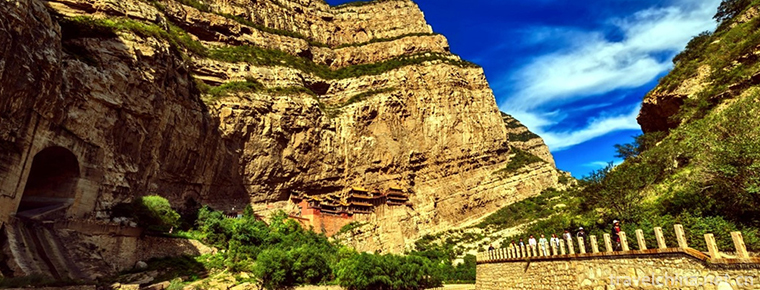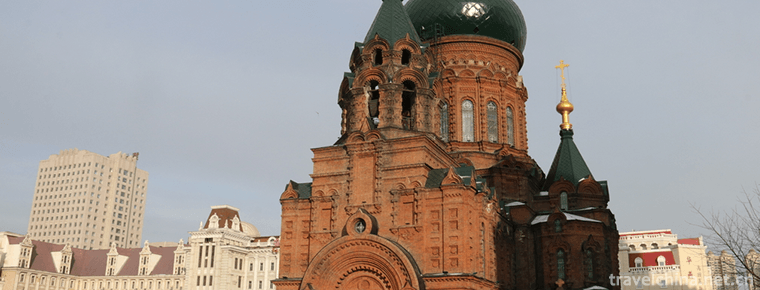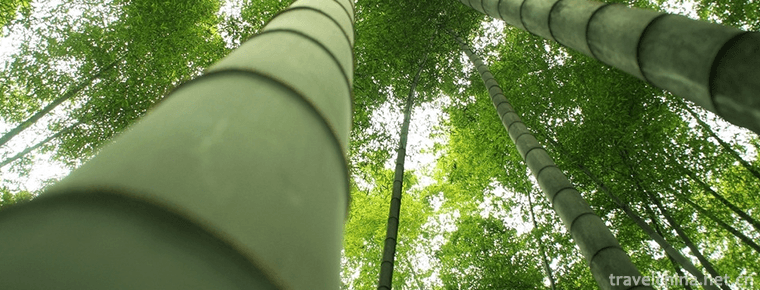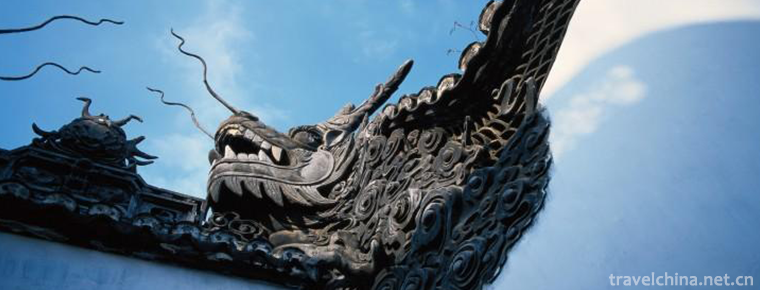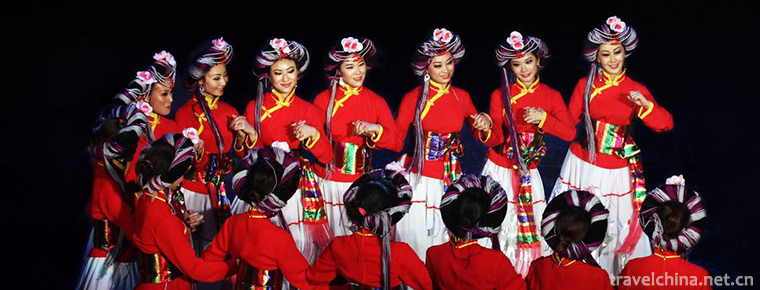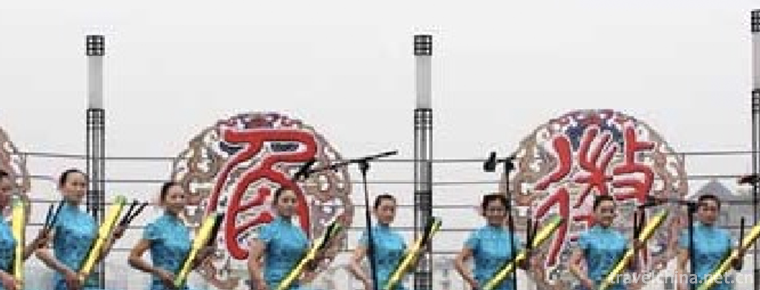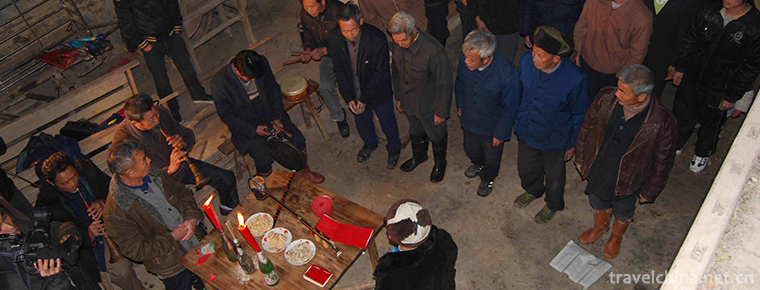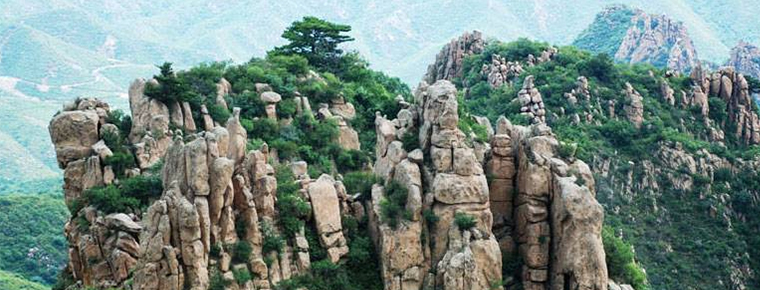Tiantai Mountain Scenic Area
Tiantai Mountain Scenic Spot, National AAAAA Class Tourist Spot, National Key Scenic Spot, One of China's Top Ten Famous Mountains, National Eco-tourism Demonstration Zone, Zhejiang Top Ten Tourist Spots.
Tiantai Mountain Scenic Area is located in Tiantai Mountain in Tiantai County, Eastern and central Zhejiang Province. It is a famous mountain in eastern Zhejiang Province, with Ninghai and Sanmen in the east, Pan'an in the west, Xianju in the south, Linhai in the north, Xinchang in the north, Mianbo in the east. The shore of the sea. Famous for its "Buddhist Taoist Source and beautiful scenery", it is the birthplace of Tiantai Sect of Buddhism and Nanzong Sect of Taoism in China, as well as the birthplace of Jigong, a living Buddha.
Tiantai Mountain Scenic Spot mainly includes Guoqing Temple, Shiliang, Chicheng Mountain, Hanshan Lake, Huading Peak and so on. Guoqing Temple is a national cultural relic protection unit, and also the ancestral court of Japanese and Korean Buddhism Tiantai Sect. The beautiful low mountains, clouds and sea, and the magic of the Tiantai Buddha light, can be said to be a unique Tiantai, mountaineering and viewing, can be regarded as a great fortune in life.
On October 8, 2015, the website of the National Tourism Administration published a list of national 5A tourist attractions, including 14 scenic spots including Zhou Enlai's hometown. The 14 scenic spots announced in this announcement are distributed in 11 provinces of China. It includes: Tiantai Mountain Scenic Area, Taizhou City, Zhejiang Province.
On October 15, 2015, the website of the National Tourism Administration issued the Announcement of the National Committee for the Evaluation of the Quality of Tourism Resources Planning and Development. The Tiantaishan Scenic Spot in Taizhou City, Zhejiang Province, met the requirements of the National 5A Scenic Spot Standard and was approved as the National 5A Scenic Spot.
Tiantai Mountain is composed of granite. Many suspended rocks, cliffs, waterfalls.
It stretches along the coast of the East China Sea in Zhejiang Province. "There are eight mountains, one on all sides, three on the top. When the cows and girls are divided, they go to the rooftop, so they are called rooftop."
It is famous for its beautiful scenery. The southwest is connected with Xianxia Ridge and the northeast is connected with Zhoushan Islands. It is the watershed between Cao'e River and Yong River.
The main peak, Huading Mountain, is in the northeast of Tiantai County, with an elevation of 1098 meters (3602 feet).
The beautiful scenery of Tiantai Mountain has captivated countless literati and poets. "Tiantai Mountain, the God of the beautiful mountain cover also", "the wealth of the poor mountains and seas, to the magnificence of God and man."
The natural landscape of Tiantai Mountain is unique. There are endless exotic stones, caves, waterfalls and springs, endless ancient trees, famous flowers, precious birds, exotic animals, and "beautiful mountains and waters", which are natural botanical gardens and zoos. There are many exotic plants, rare birds and animals. There are Sui Mei, Tang Zhang, Song Bai and Song Teng. There are black medicine called "immortal medicine" and Dendrobium candidum.
Especially the Yunjin Rhododendron, which is widely distributed in the high mountains of kilometers, is over one hundred years old. It is as dry as iron, its twigs like hooks, and its branches are flourishing. Every year in the late spring, the flowers of light red and tender yellow are blooming. They are big and bright, with a thousand flowers and clusters of flowers, which look like beautiful clouds. The ancient trees, wide areas and flourishing flowers are rare in the whole country, which is a great plant wonder in Tiantai Mountain.
Rhododendron grows on Mount Tiantai under the infiltration of Reiki. At present, it is the oldest, tallest and largest "King of Rhododendron" in the world. It grows in the mountains of Huading Peak, Tiantai Mountain, with an elevation of 1200 meters and an area of nearly 300 mu. Its age is mostly between 400 and 1000 years. Its trunk is like iron, its twigs are like hooks, its branches are luxuriant, and it has a unique momentum.
Every May, Rhododendron trees in Yunjin compete with each other in blooming, with bright red and yellow flowers. More than 1,000 rhododendrons on each tree curl up into a cluster of 7 to 13 small rhododendrons per minute, forming a large bowl-mouth bouquet. The bouquets are clustered together again and again, which looks very beautiful. Therefore, Yunjin Rhododendron has a very vivid name called "Thousand Flowers Rhododendron".
In addition, there are rare wildlife such as big civet, Sumen antelope and clouded leopard. All these have greatly enriched the landscape tourism resources of Tiantai Mountain.
The scenic spots of Tiantai Mountain also have their own characteristics, which can be summarized as four words: ancient, Qing, strange and quiet. Chicheng Qixia, Shuangjian Huilan, Huading Xiu, Qiongtai Moon Night and so on are called the Eight Sceneries of Tiantai. Shiliang scenic spot is the essence of Tiantai Mountain, a national scenic spot.
Since ancient times, there has been the saying that "Big Eight Sceneries, Small Eight Sceneries, Famous Thirty Sceneries, How many Sceneries there are, Count to Count".
Tiantai Mountain Scenic Area is located in Tiantai Mountain in the eastern and central part of Zhejiang Province. It links Ninghai to the east, Sanmen to the west, Pan'an to the west, Xianju to the south, Linhai to the north and Xinchang to the north. It is well-known at home and abroad as a national scenic spot. It covers the coast of the East China Sea in Zhejiang Province. It is famous for its eight-fold mountains, one on all sides, three on the top. As a cow and a girl, it should stay on the platform. It is also known as the Tiantai ancestral court of Buddhism, the seat of Nanzong ancestral court of Taoism and the home of Jigong's "living Buddha". Tiantai Mountain, known as "the source of Buddhist Taoism", is the birthplace of Tiantai Sect, the first sect of Chinese Buddhism, and the home of Nanzong Sect of Chinese Taoism.
The main scenic spots are Guoqing Temple, Shiliang, Chicheng Mountain, Hanshan Lake, Huading Peak, etc. Guoqing Temple is a national cultural relic protection unit, and also the ancestral court of Japanese and Korean Buddhism Tiantai Sect. Up to now, there are still more than 3 million Tiantai Buddhists in Japan, Korea and Southeast Asia. Shiliang Falls is also one of the top ten scenic spots in Zhejiang Province. In 2000, Tiantai Mountain was awarded the first batch of China's 4A-level tourist areas (spots) by the National Tourism Administration.
On May 11, 2017, Guan Wenxin, Secretary of the Tiantai County Party Committee, announced to the public that from May 19, the National 5A Tourist Scenic Spot of Tiantai Mountain in Zhejiang Province had cancelled the tickets to the National Qing Scenic Spot and was open free of charge.
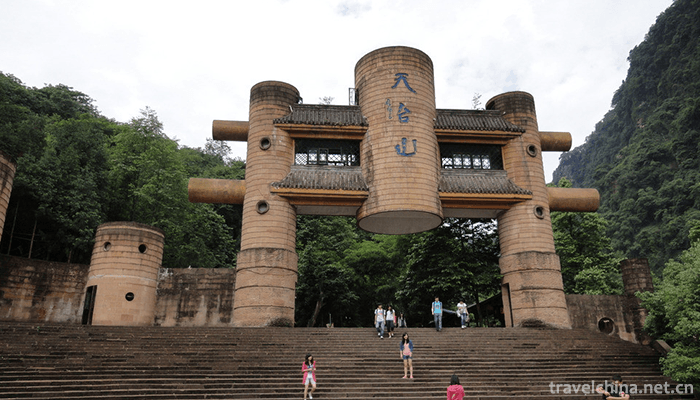
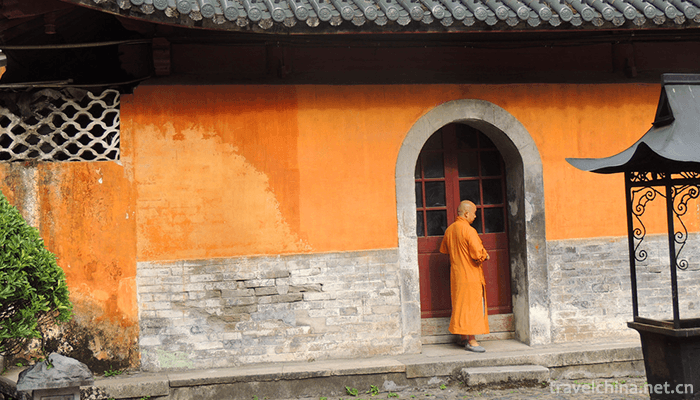
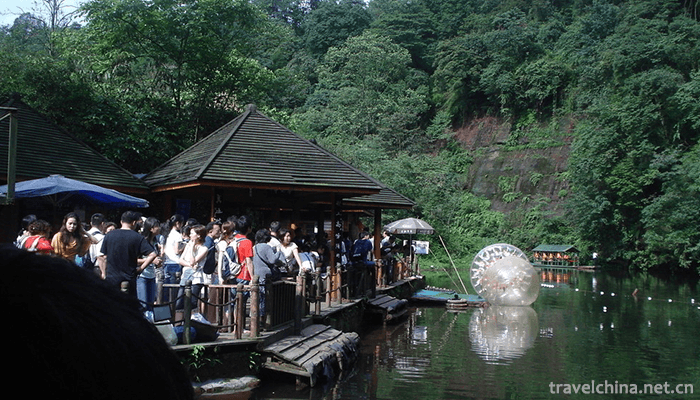
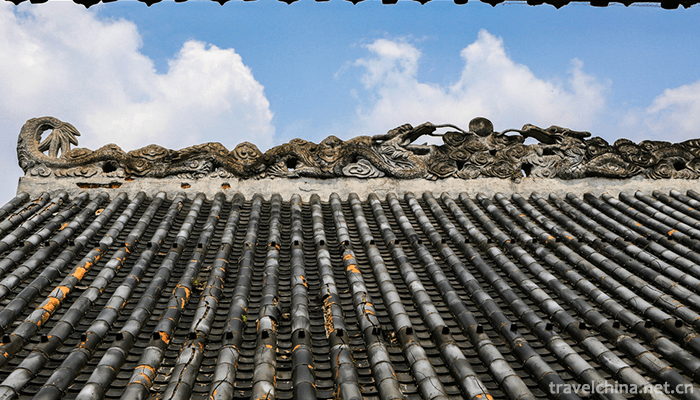
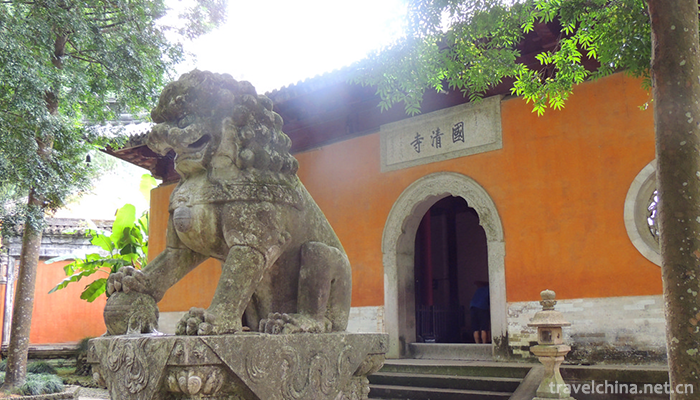
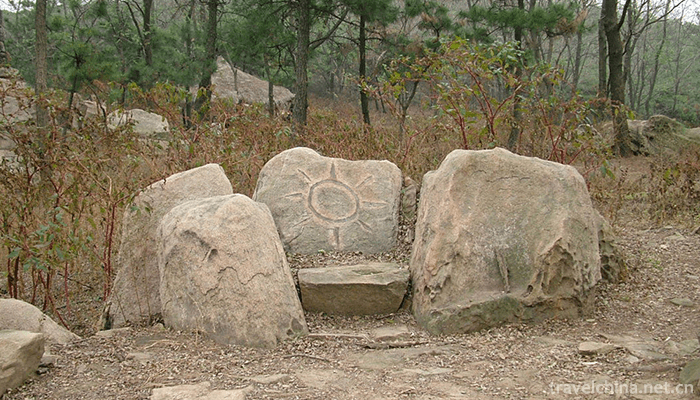
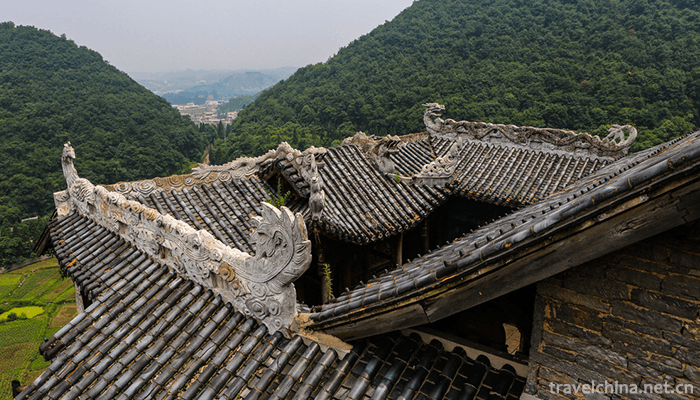
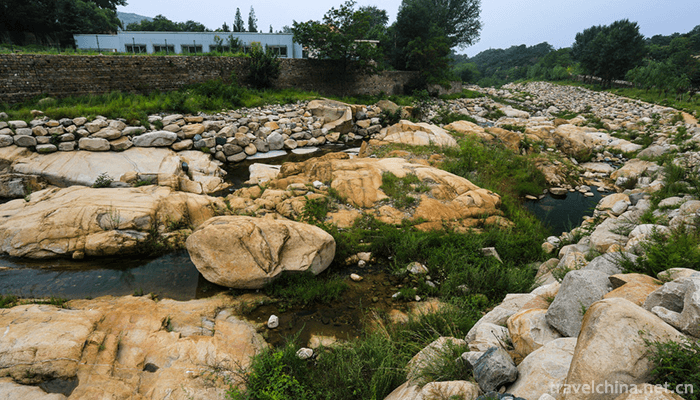
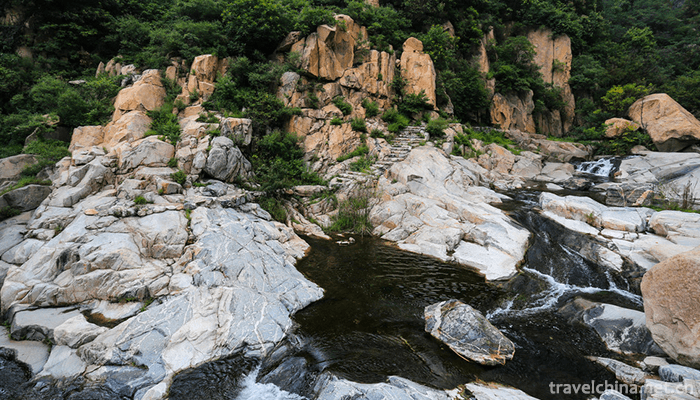

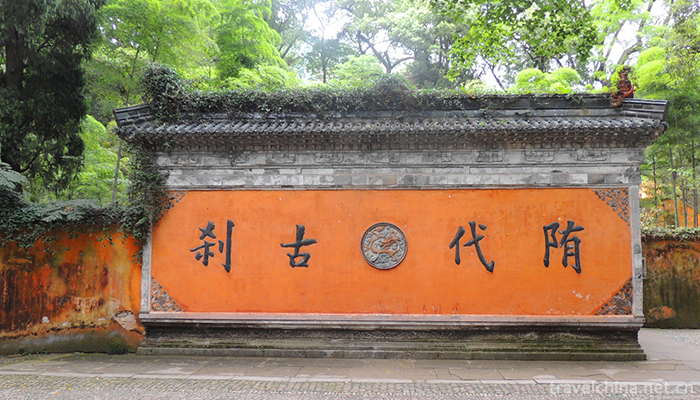
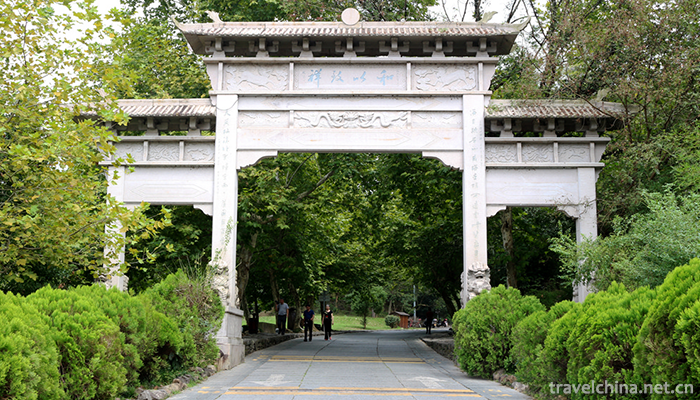
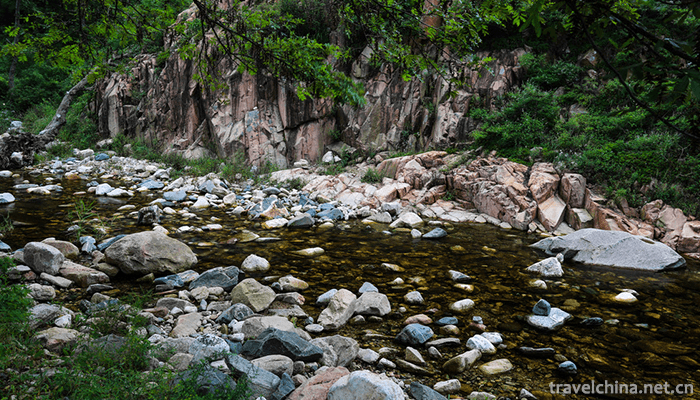
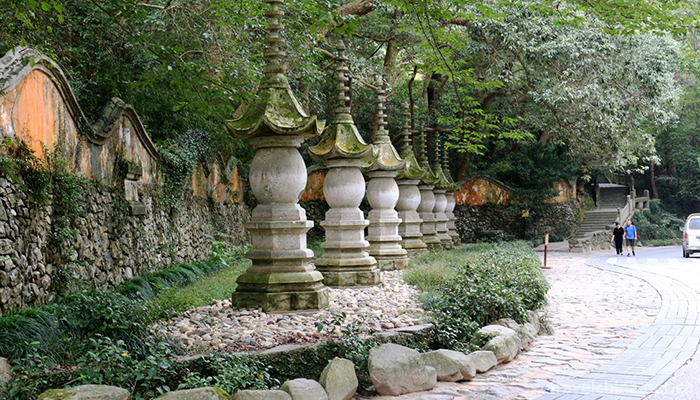
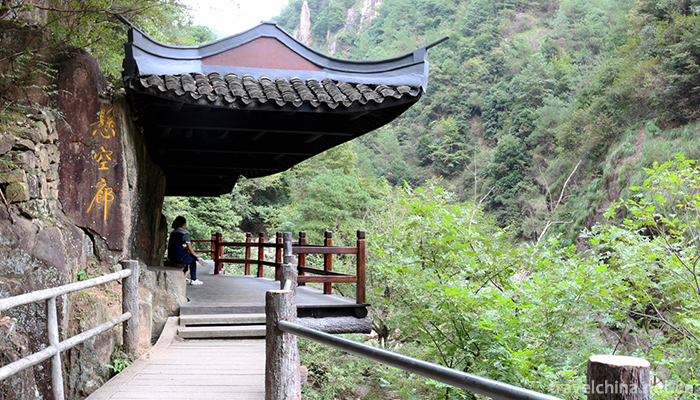
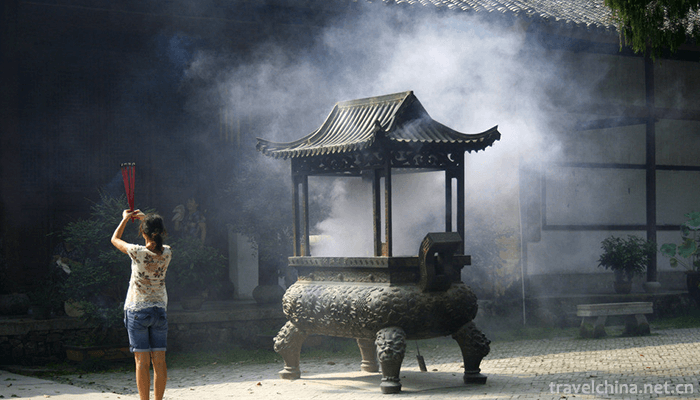
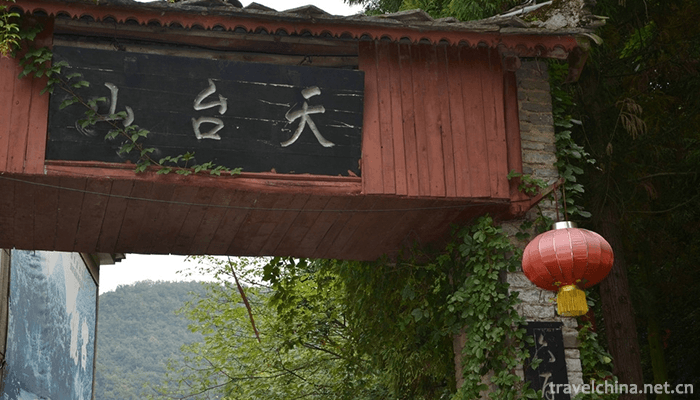
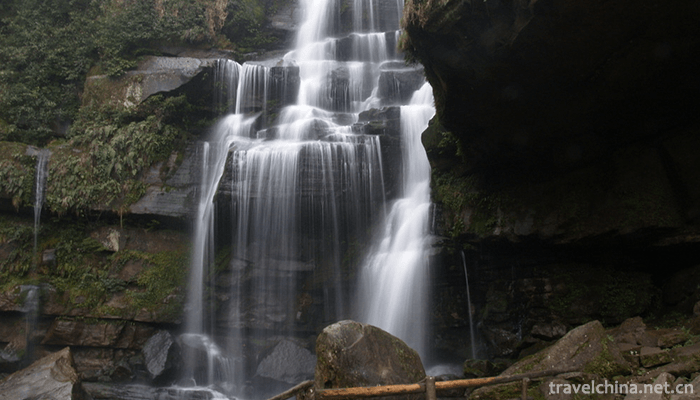
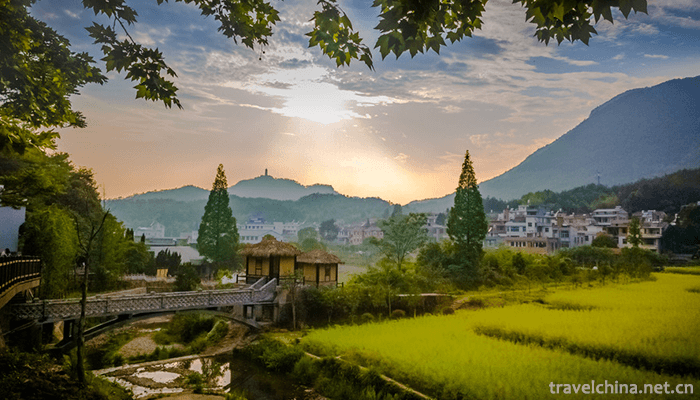
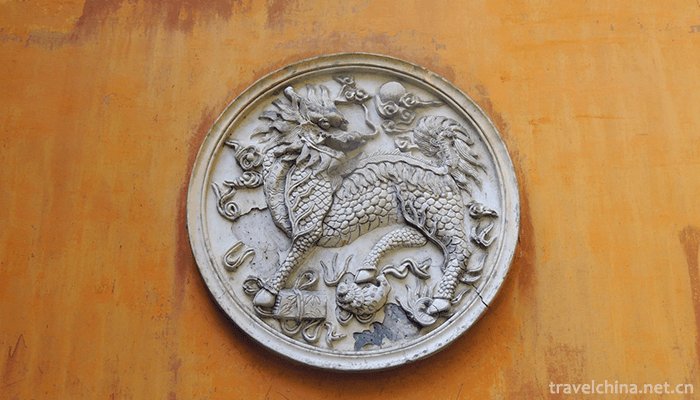
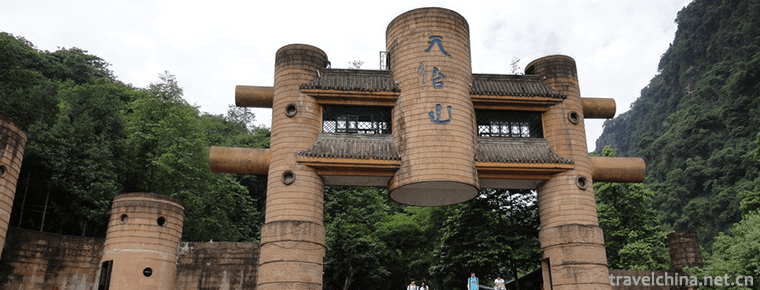
Tiantai Mountain Scenic Area
-
Mount Heng
Mt. Hengshan, also known as "Tai Mt. Hengshan", is known as "Xuanwu mountain" and "Yushan". Among them, inverted Ma Pass, Bauhinia Pass, Pingxiaoguan Pass, Yanmen Pass
Views: 223 Time 2018-10-30 -
Saint Sophia Cathedral in Harbin
St. Sophia Church is located in Sophia Square, Daoli District, Harbin City, Heilongjiang Province, China. It is a Byzantine-style Orthodox Church built in 1907
Views: 203 Time 2019-02-08 -
Bamboo Sea Scenic Spot in Southern Sichuan
The bamboo sea in southern Shunan, formerly known as Wanlingqing, is located in the remnants of the southern Tianshan Mountains adjacent to Yibin
Views: 370 Time 2019-02-08 -
Restoration Techniques of Ancient Architecture
Ancient buildings are an important part of historical relics in China. Protecting, restoring and renovating ancient buildings is one of the important tasks in the protection of cultural relics.
Views: 206 Time 2019-05-01 -
Nail twist Jiaru jiacuo
Jiaru is a traditional dance of Mosuo people in Lugu Lake, Yunnan Province. It is a song and dance for people to celebrate harvest, festivals and pray for gods.
Views: 299 Time 2019-05-05 -
chanting of folk tales to the accompaniment of bamboo percussion instruments
Yugu Daoqing, also known as Bangbangqiangzi, is a kind of Han opera in Anhui Province. Beating fishing drums accompanied by singing has become a performance form of fishing drum sentiment. Fishing dru
Views: 286 Time 2019-07-14 -
Folk Beating and Playing in Zhijiang
Zhijiang folk wind and beating music is a kind of traditional folk music art which is widely active in Zhijiang area of Hubei Province. After years of development and evolution, the folk blowing and p
Views: 271 Time 2019-07-25 -
Gong Shuban Lu Ban
Luban (507 BC - 444 BC), Lu people in the spring and Autumn period. Ji surname , a two-character surname Name, class, person. Public transport plate , Public like , Class lose It is also known as &quo
Views: 219 Time 2019-09-07 -
Daheishan Forest Park
Daheishan Forest Park is located in Wuben Township, Renhe District, Panzhihua City, Sichuan Province. From the center of Panzhihua bingcaogang River Panshan 58 kilometers, through Guaziping, Lanjian mine and Wuben township.
Views: 87 Time 2020-10-15 -
Baoguang Temple
Baoguang temple is located in Xindu District, Chengdu City, Sichuan Province, China. It is one of the Buddhist temples with a long history, large scale, complete structure and quiet environment.
Views: 135 Time 2020-11-05 -
Deyang science and technology
In 2018, Deyang City won 141 provincial projects, including 108 provincial science and technology plan projects and 33 Provincial Intellectual property projects. There are 32 provincial patent implementation projects. 184 high-tech enterprises. A total of
Views: 163 Time 2020-12-14 -
Cultural and cultural undertakings in Suining
By the end of 2019, there are 7 art performance groups, 6 art performance venues (including private), 6 cultural centers, 105 cultural stations and 6 Public Libraries in Suining City's cultural system. There are 1 national cultural industry demonstration base
Views: 350 Time 2020-12-16
